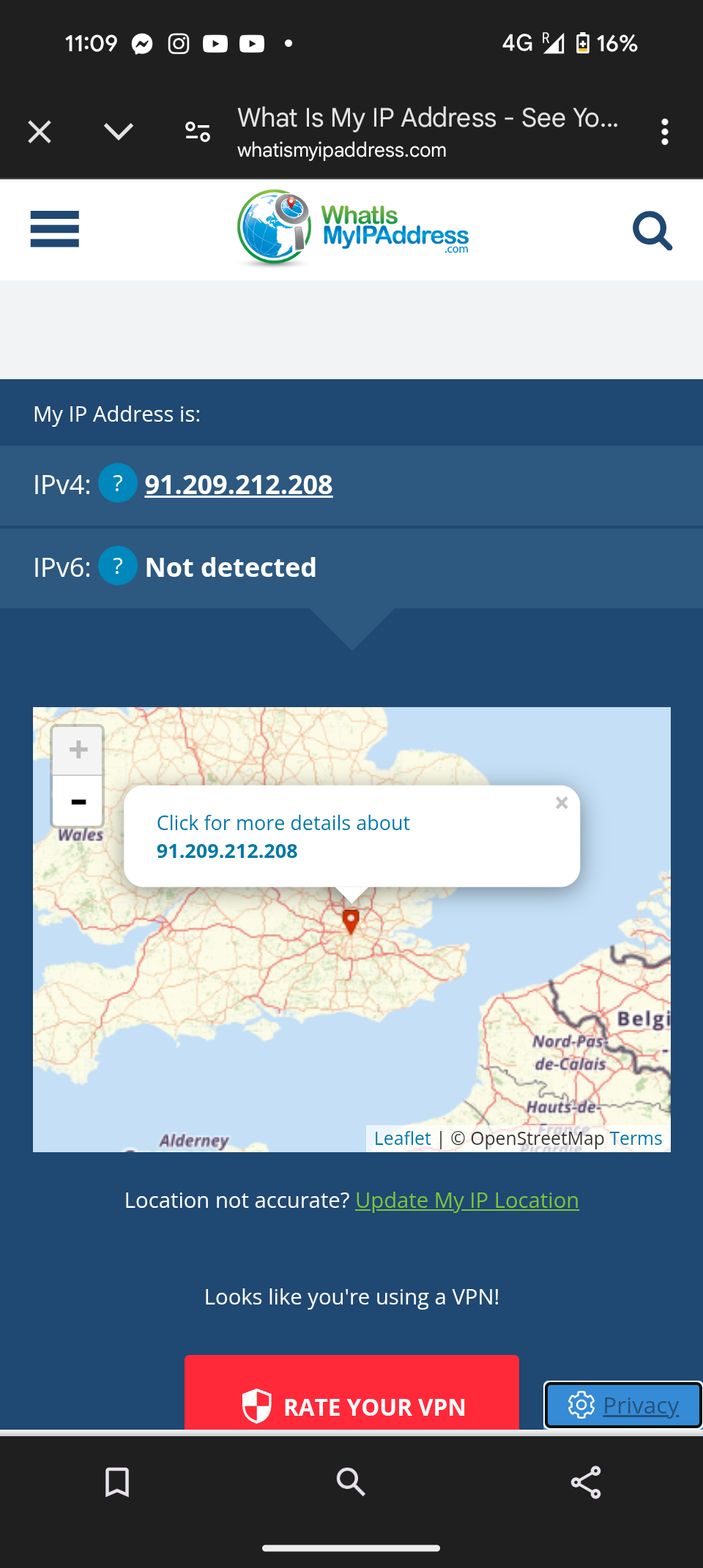Even if you don’t want to use your carrier’s roaming settings, there are still tons of ways to stay connected while traveling abroad. One of the most popular ones is temporary eSIMs–I used one on a recent trip, and here’s how it went.
What is a Temporary eSIM?
A temporary eSIM is exactly what it sounds like: an eSIM that’s meant for temporary use. Contrary to most regular eSIMs, which are tied to a cellphone line, a temporary eSIM is more disposable. A temporary eSIM will give you access to mobile data abroad for a fixed fee and a set amount of days. After that set amount of days is over, or you reach your data cap (if there is one), you will need to either renew that eSIM or get another one.
The fact that they’re eSIMs makes them extremely flexible and easy to use. Rather than having to get to the country you’re visiting and talking to someone about getting a SIM card there, you can just download the eSIM into your phone the day you’re traveling and enable it right after the plane lands. You’ll be connected to a local network, no questions asked. And depending on which country you’re visiting, these temporary eSIMs could be the safer, cheaper option.
My Experience Using a Temporary eSIM
I recently traveled to Medellín, Colombia, for a week, and I used the trip as an opportunity to check out temporary eSIMs and see how they fared. More specifically, I tried out Holafly. The fact that Holafly offered unlimited data compared to other providers who had a data cap was the deciding factor for me. However, as you might expect, the fact that it’s unlimited also makes it more expensive: I paid $28.90 for 7 days of unlimited data. The per-day cost will be cheaper if you stay longer than that, and you can also pay for multi-country eSIMs and even global eSIMs if you will be hopping countries throughout the month.
As for how Holafly fared, it was pretty good. It connected to Movistar Colombia and I had a pretty good signal throughout the entire trip. I even attended a concert while I was there, and a crowd of 40,000 people definitely slowed down the network, but it didn’t completely die on me—I was still able to send the occasional WhatsApp text from the stadium.
I had a strong 4G signal throughout the city of Medellín, and it could occasionally die or drop to 3G when on the road/visiting nearby towns such as Guatapé. From what I was told by locals, though, this is more or less how an actual Movistar line would fare.
There are some weird quirks you need to know about. For starters, I was weirded out to see that I was getting an IP address from the United Kingdom while using mobile data when I was definitely not in the United Kingdom. The same thing happened to the three friends I was traveling with, who were also using Holafly.
While researching this, however, I found that this is actually pretty common across temporary eSIM providers, not just Holafly, and it basically comes down to cost-cutting. You’re not usually getting an eSIM from the country you’re traveling to. Still, rather, you’re getting one from a foreign provider that will then use roaming in the country you’re visiting, and that eSIM will, as some other roaming lines will, route traffic to that other country.
This routing process creates a lot of overhead and latency, and as a result, actually browsing the Internet might be slower than on a local SIM card. This overhead won’t matter at all under optimal network conditions, but it can be noticeable if the network weakens. It was never bad enough for me actually to be annoyed about it, mind you, but your mileage may vary. If you’re worried about where your traffic is being routed to, you can always also use a VPN such as Proton VPN.
Should You Get One?
The fact of the matter is that temporary eSIMs are still a winning option, in my opinion, because of their relative convenience. Getting a local SIM card in a country such as Colombia is not overly tricky, but it can get trickier in other countries. Brazil, for one, will require a CPF (resident) number to register SIM cards most of the time, and if you don’t want to have to deal with that, temporary eSIM providers might be a good choice. You can just do it from the comfort of your own home and activate it as soon as you get off the plane.
The traffic routing thing could be a problem for some, but in that case, your best option could be getting to the country and buying a SIM card locally. For most other people, or for a lot of destinations, temporary eSIMs are still a good option.






